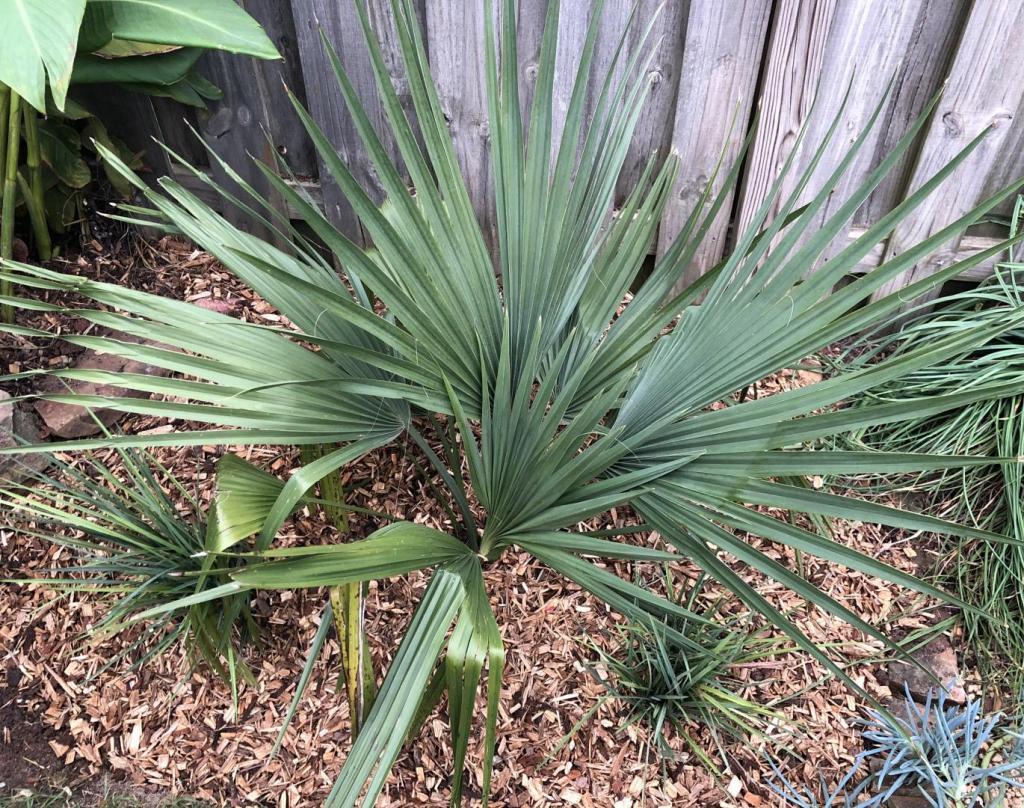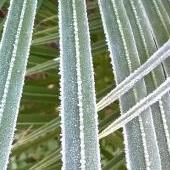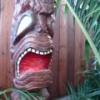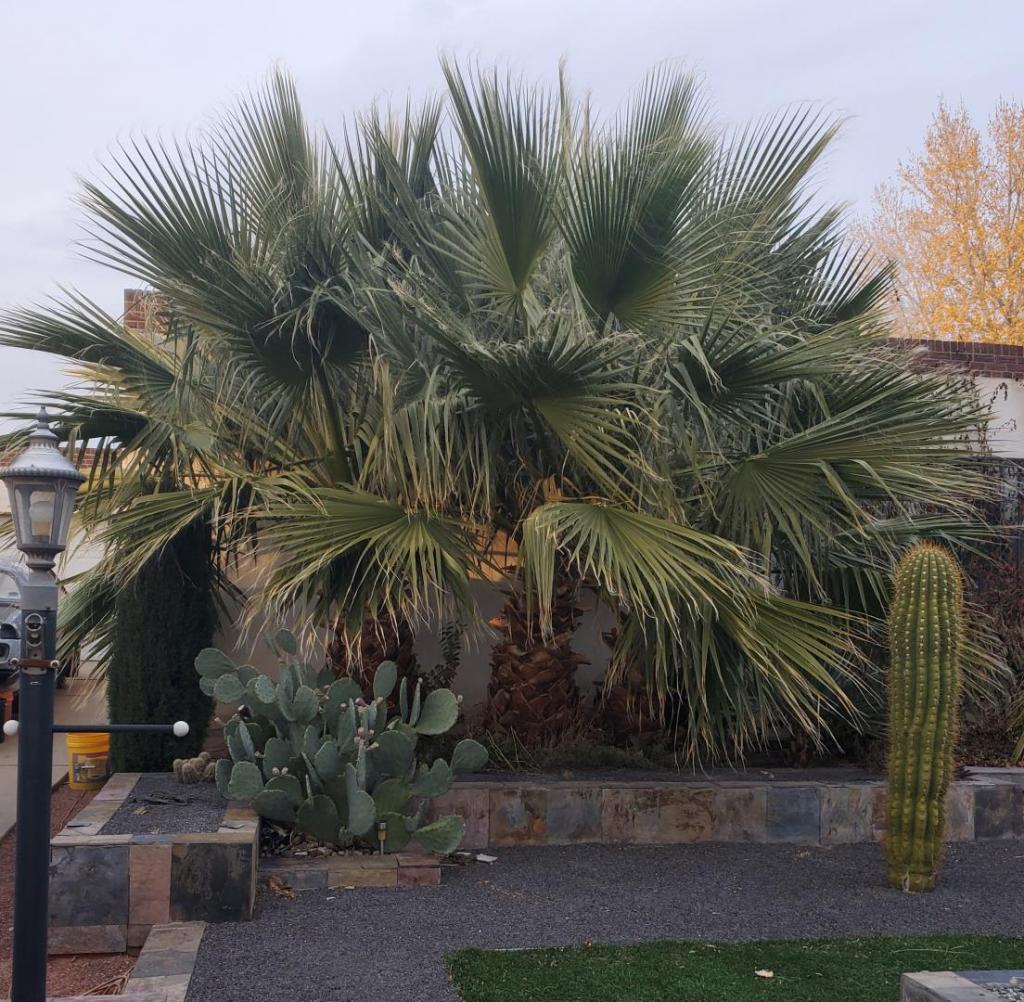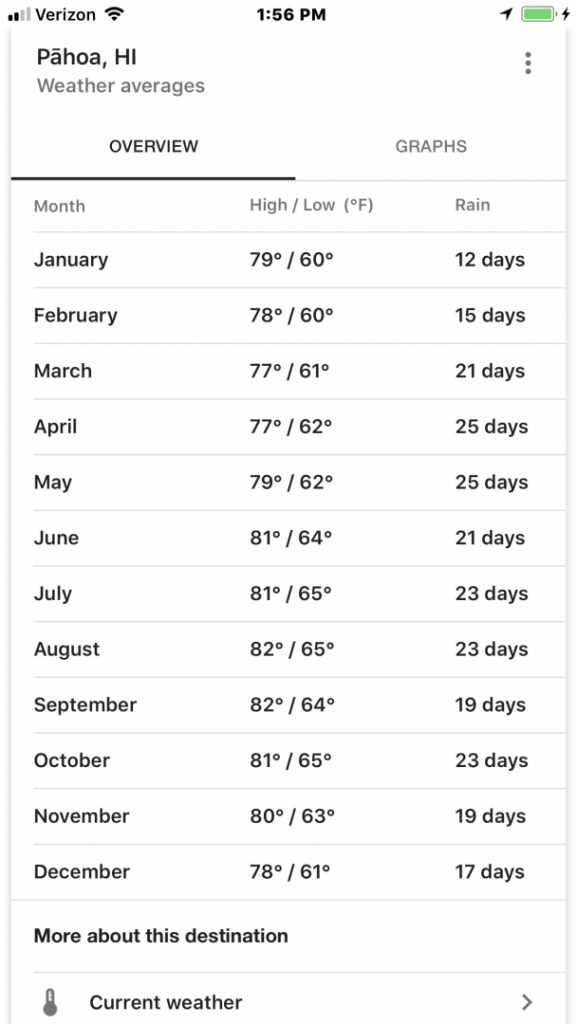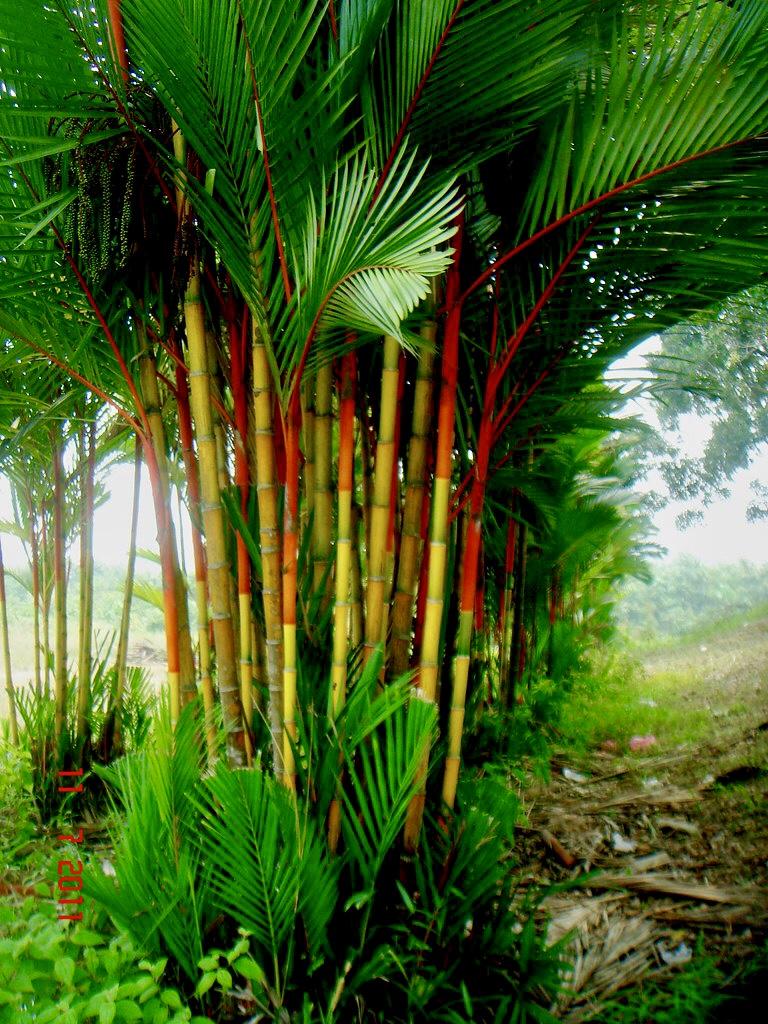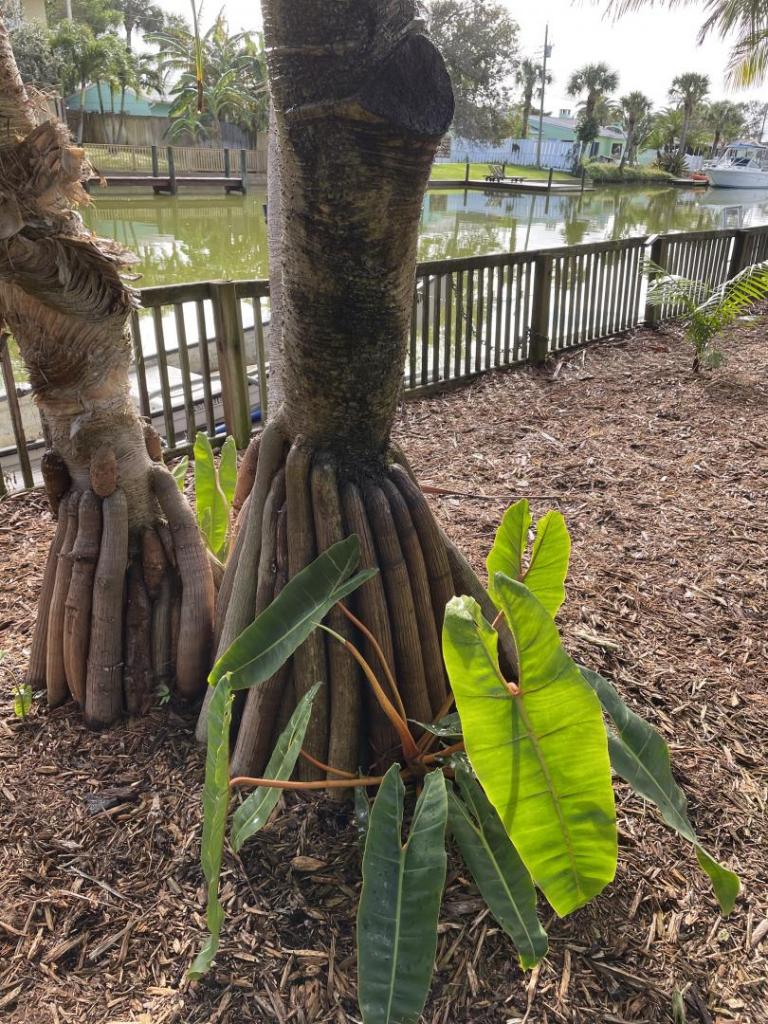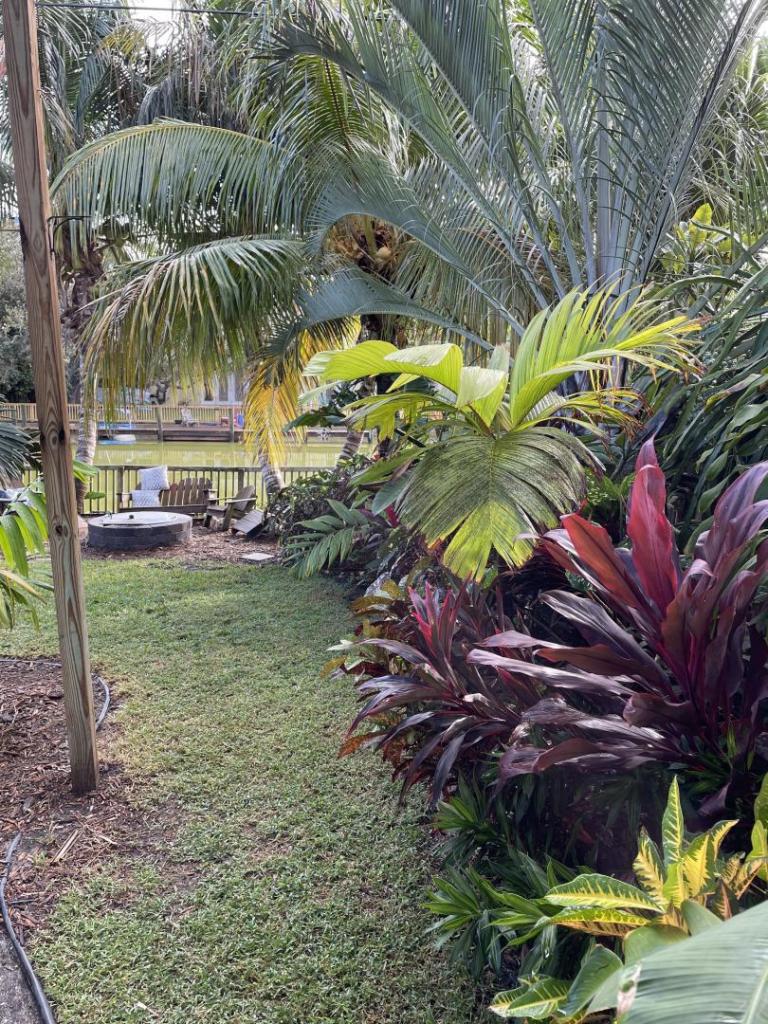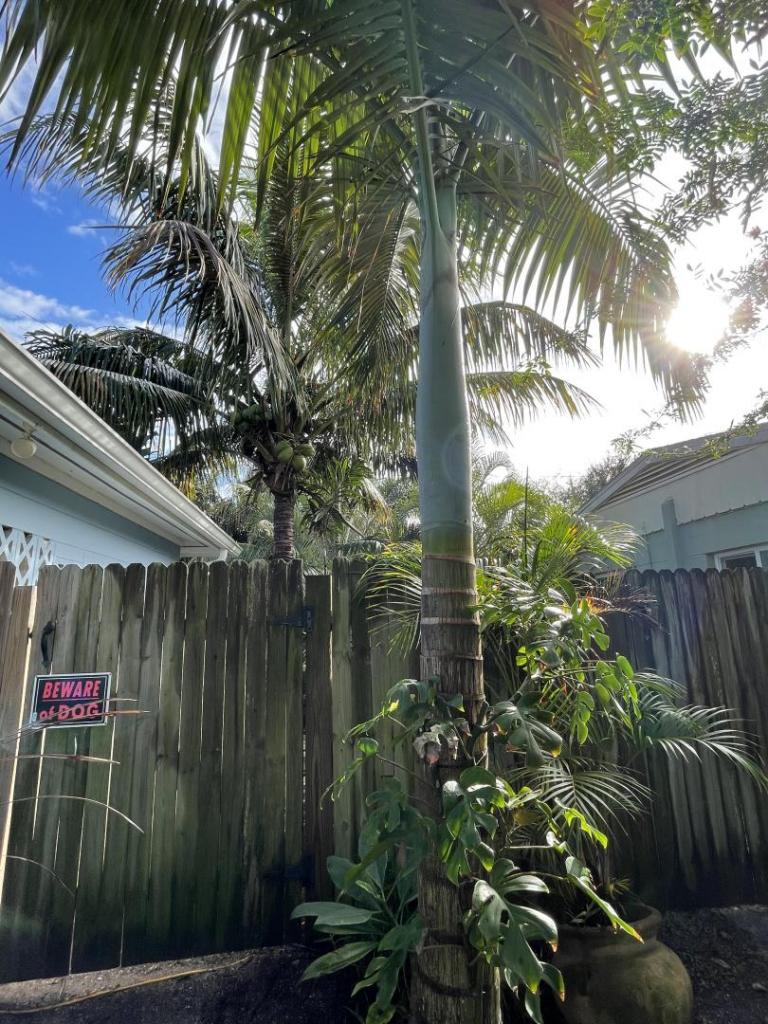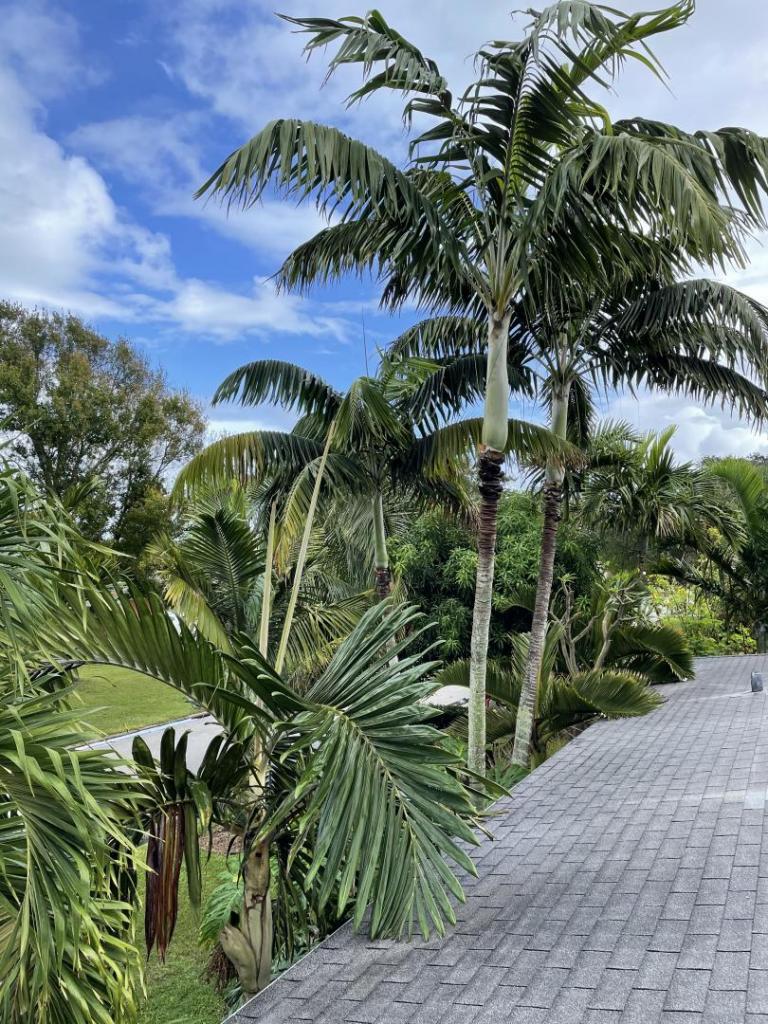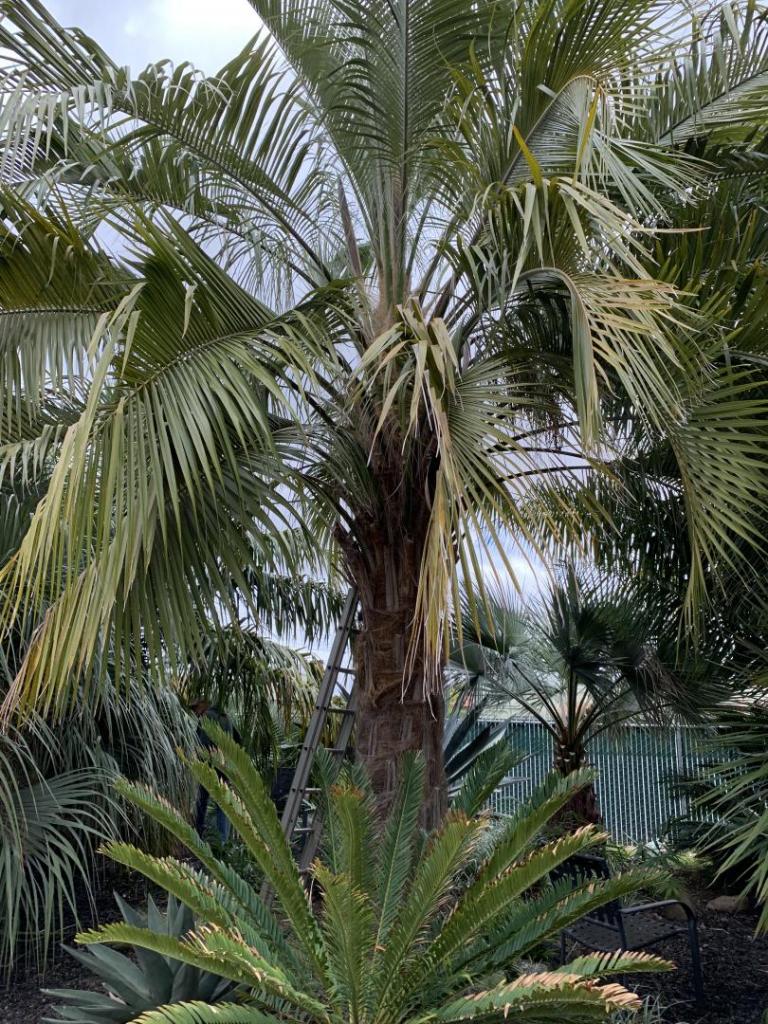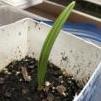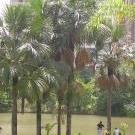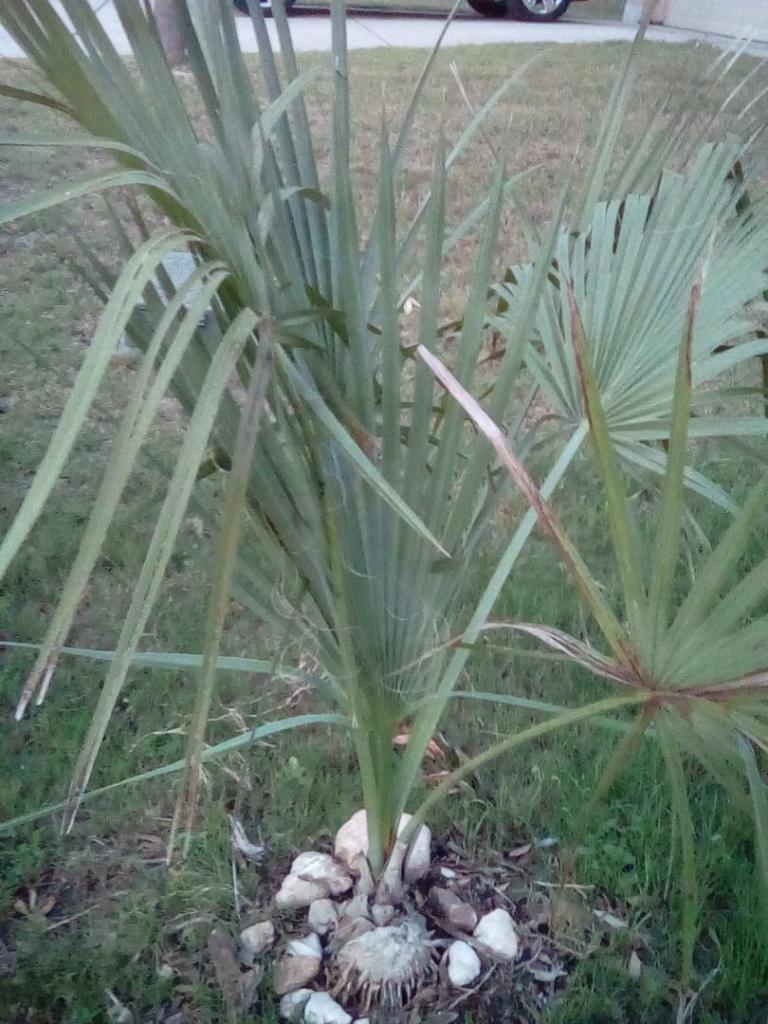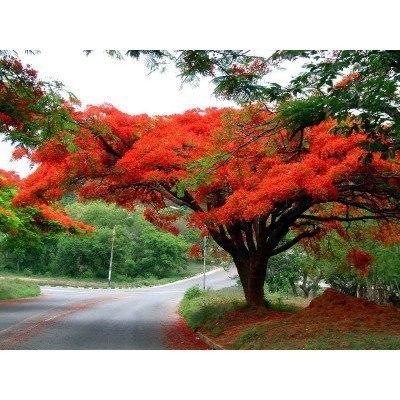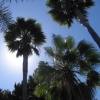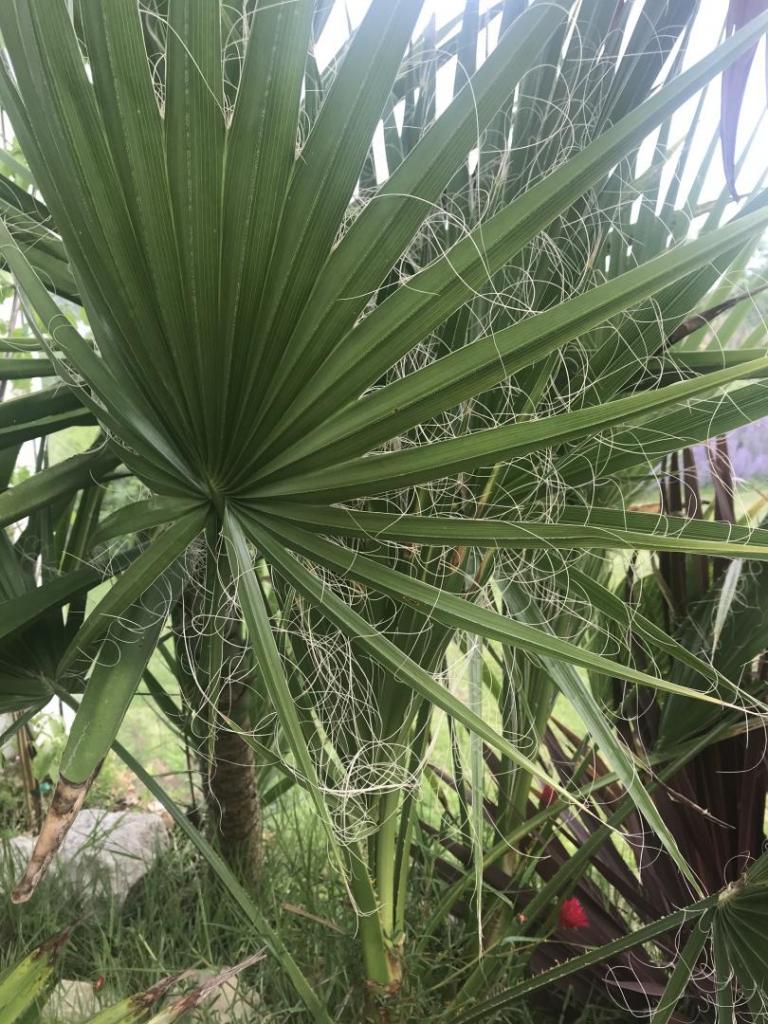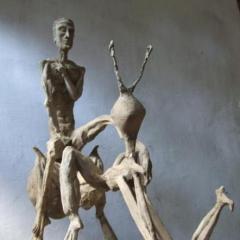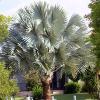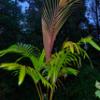Leaderboard
Popular Content
Showing content with the highest reputation on 11/24/2020 in all areas
-
5 points
-
Hey Folks, Long time PT lurker first time poster. Thought I would share my experience with Sabal minor “Cherokee” germination. I bought ~1,000 of these seeds form RPS recently, and I am seeing ~99% germination within a month of sowing. And I though Washingtonias were easy to germinate! Now I have to find home for all these babies in my greenhouse... I was hoping for a little more of a staggered germination! Looking forward to sharing with some friends in some colder Canadian locales (Okanagan, Niagara region) where they may be able to survive once they size up a little.4 points
-
4 points
-
3 points
-
3 points
-
3 points
-
3 points
-
3 points
-
3 points
-
3 points
-
3 points
-
2 points
-
2 points
-
I use it for the added calcium, to increase the pH, and to increase drainage. I haven't used it with Copernicia, but I suspect it would help with some of the Cuban species.2 points
-
I've tried it and the particle size is too small, it just makes drainage worse. I've collected marl rock in south Fl and the keys and broken that up into pieces for use with species like Coccothrinax and Pseudophoenix, which works pretty well. Sabal is fine with whatever soil, so I'd just use regular potting mix.2 points
-
2 points
-
2 points
-
I have some sad news - that magnificent Phoenix canariensis is dead. I saw a picture of the just the dead trunk on Google Maps and also found another picture of it with the dead crown online. I will put the pictures below. Sorry to deliver the news and I hope the garden plants a new Phoenix canariensis in its place. They do have plenty of other nice palms, including the Chamaerops seen below! Photo of dead crown: Photo of dead trunk:2 points
-
It does freeze to the ground every year, and the stems die during pretty light freezes. It has always come back from the roots, and it seems to have a really beefy and fleshy root system. Also the easiest thing to propagate, just chop off any piece and it will root in water.2 points
-
2 points
-
2 points
-
I'd probably do the same Another species that wouldn't mind these conditions (because it is partly sharing its habitat with Nypa fruticans) is Oncosperma tigillarium (photo from palmpedia):2 points
-
2 points
-
2 points
-
Well so long, hope you don't like bugs I don't grow palms in Florida but I have a couple of suggestion for you, that should be bullet proof, and can get you started as you learn more and more about what will do well in your area. How about your local native palm - Sabal palmetto? You might even be able to find some growing locally in the wild. Mule palm - you should be able to find these in your local big box. Care free, cold hardy and very attractive, You have another few native palms that will do well although they are more shrubby - Sabal minor, Rhapidophyllum hystrix "Needle palm", Serenoa repens "saw palmetto" I'd probably steer clear of queen palms as they are messy, water hogs, nutrient hogs and don't always look that great. Most people on here like to dissuade people from getting them based on experience. Unfortunately if you really are 8B those majesties will be toast once you get some cold weather, this is where I think you would do better with a Mule palm. If you narrow down your location better, there are a lot of people on here from Florida that should be able to tell you what they are growing in your local area. Good luck and I hope it was a smooth move. Moving cross continent is a real pain, I know from experience.2 points
-
2 points
-
2 points
-
1 point
-
So we recently moved from Oregon to Florida in an area where, depending which USDA plant hardiness map you look at, it appears we're in an area right on the boarder where multiple plant hardiness zones converge. Most maps indicate zone 8b so for all intensive purposes I guess that is what we'll go with moving forward. All I know is I'm 5 miles from the gulf of mexico, but it doesn't feel like a atypical coastal area (like on the west coast) where you'd typically experience cooler tempatures and a ton of wind. Oregon is great for growing all sorts of fruits, but here in my area of Florida its known for three items; palms, citrus, and peaches. So I have planted all three of these but I have to admit I know zip/ nada about palms. I've planted two Mexican Fan Palms (i think) and two Majesty Palms to start with. I'm sitting on 1.3 acres of land, so I will be planting more in the future as my knowledge increases. I believe the Mexican Fan Palms will do well here, but the Majesty palms I'm not 100% sure about. I got some palm fertilizer from from Southern Ag and one gallon of cold pressed neem oil that I'll use for pest control. Mine have been in the ground for a few months already (planted them when we moved in-in late August). Soil mixture was a combination of native soil (sandy loom) and Miricle Grow planting mix. All I know about the Majesty palms is that I need to keep them wet. But I use wood mulch so I'm concerned about steam/ root rot if I keep it too wet. But then again, maybe that's not a concern with palms (I have no idea). Other non palm varities I've planted include: Meyer Lemons Varigated "Pink" Lemons Tangelno Limes Florida King Peach Kieffer Pear (Another experiment) Any input moving forward would be appreciated.1 point
-
1 point
-
Yes. Depending on your pH, you might need EDDHA chelated iron. EDDHA makes iron available for uptake in soils with pH higher than 7. Humic acid lowers the pH in the soil so it naturally makes all the minors minerals available for plant uptake. The following chart shows how soil pH impacts nutrient absorption in plants:1 point
-
I scattered handfuls of "fillabusta" seed (collected from under the palm at the Ft. Fisher NC aquarium) under that things dead carcass in the carpet of Liriope. I went there the other day to check if my guerilla planting took, but there was construction happeing in that parking lot and I didn't stop.1 point
-
1 point
-
I am planning on getting some of these and their contrast with the lava would be outstanding, thus far all the ones I've seen are quite pricey save for the wee sizes, I am hoping to find a good source of larger pots that are not quite so pricey.1 point
-
Ok so this is 10 years from seed Scissors for scale. In ground for 6 years. Shade to part shade. This is 5 years from a 3 gallon blue pot.... The top of the shed is just about 11 feet tall. It got less sun when it was in the shadow of the shed and there were more trees pre 2018. Morning sun only then. Now 1/2 day. It is happy.1 point
-
Yes, but it's not a usual sight around here of course. Trachies and chamaerops are fairly normal garden plants, but washingtonia robusta or filibusta are killed everything 3rd winter in general. That's why I am hopeful that filifera will perform better. As small plants they already withstood -6/-7C during our long winters with great amounts of rain. I have 2 brahea armata that seem equally hardy and don't mind the winter rains. I never protect the fronds.1 point
-
1 point
-
Im finding it hard to like Delonix regia in my area Jeff I’ve seen them flower in other places and they are lush and covered in a mass of bloom whereas here in the lowland tropical jungle they are particularly unattractive the almost look deciduous and lack flowers, then again it isn’t the monsoon season. flamboyant trees people1 point
-
Nope, don’t dislike any palm. I’ve still got 3 Washies that were here when we bought the place. They’re beautiful, although a bit costly to maintain because of their size. But they make up for it by being perfectly spaced for 2 hammocks strung between them. Spent many comfortable hours drifting off underneath them. My late uncle was an early member of the IPS (originally from WW2 era Germany) and described his love for most any well grown palm as the “elegance “ they provided in the landscape. My opinion as well..1 point
-
Cant say Ive ever "hated" a palm. D.decaryi is a nice palm when grown well and it has given us so many very cool hybrids. The only palms that I can say look bad are usually not the fault of the palm itself but more the fault of the grower.1 point
-
1 point
-
1 point
-
Glad to see your post, Jim. I remember touring your Ft. Myers garden. And I thoroughly agree that in a hurricane palms deal better than 90% of hardwood trees. Our garden lot that had many large flowering trees looks like a war zone. Nearly all of them fell or shattered. We have tree cutters hard at work as I write. If the choice was purely mine these trees would never darken my property again but my husband loves them. I just don't know if we could go through such massive destruction again. We definitely have some thinking to do. My verdict: Palms rule!1 point
-
1 point
-
1 point
-
In July 2011 we purchased the 125' x 125' vacant 3-lot site from an elderly Lady of Spain who bought it during the housing bubble hoping to get rich from land in Cape Coral. She didn't and after the bubble burst her vast investment dwindled to pennies on the dollar. Cape Coral had the 2nd worst housing market in the nation (after Las Vegas). Our Spanish-speaking realtor convinced her to take our 40% over market value cash offer. Back during the bubble our electric company, LCEC, bought a piece of land across from our property to build an electrical substation. It even built 8' tall concrete block walls that would be useless to hide the coming erector set. The Great Recession curtailed that plan but we new sooner or later the erector would be built. In the meantime we were left with a salmon pink monstrosity we dubbed, "Osama bin Laden's Florida Vacation Compound." Our mission became to create living walls to block the ugliness to come. The following photos document our journey. 2011 - View from NE corner of property. Note the barren plain we purchased - prime Cape Coral real estate 2016 - Views from the NE 2011 - View from the east 2016 - Views from the east 2011 - View from SE corner 2016 - View from SE Corner1 point
-
My wonderful daughter sent me this link last evening while shopping for a new home. She said it was perfect for any palm nut. The photos say it all. Whoever owns this home has perfect palm tastes! :drool: Look at those gorgeous palms! I had to share it once I saw it. http://www.trulia.com/property/3030422329-9300-Hialeah-Ter-Port-Charlotte-FL-33981#photo-11 point
-
Hunh! Bill, and Gonz, if you are trying to get me to lay claim to those creepy-charlies, pothos, and wandering jews in macramé hangers, forget it! I had a terrarium once, but it was not styled after the Jetsons cartoon, just a really big jar with a loose lid, a microcosm of a rainforest, really cool. I continue to blame my brother for the palm obsession and bahia for the bromeliad fascination, dating back a mere 9 and 11 years, respectively. Before that I was more interested in mediterranean gardens, thinking a tropical look was not possible in California. Oh, the years I wasted trying to grow roses, only to get thorny sticks!1 point
-
For me - I guess it started at about 8 yrs old, when I took a tomato seed from my sandwich and put it in a pot - then the ground - and then ate the tomatoes and started all over again with more tomatoes while expanding my horizons. Then I saw my first house plant - and more exotic plants entered the scene (and my room) - and the rest is history.1 point
-
Gary, how long do you think a Encephalartos will last in Mexico before it is stolen? Serious question. They cant stop peoples heads from getting cut off, how are you going to secure a rare cycad?1 point


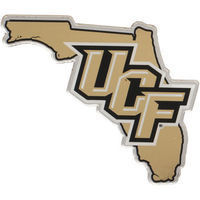
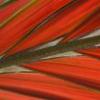



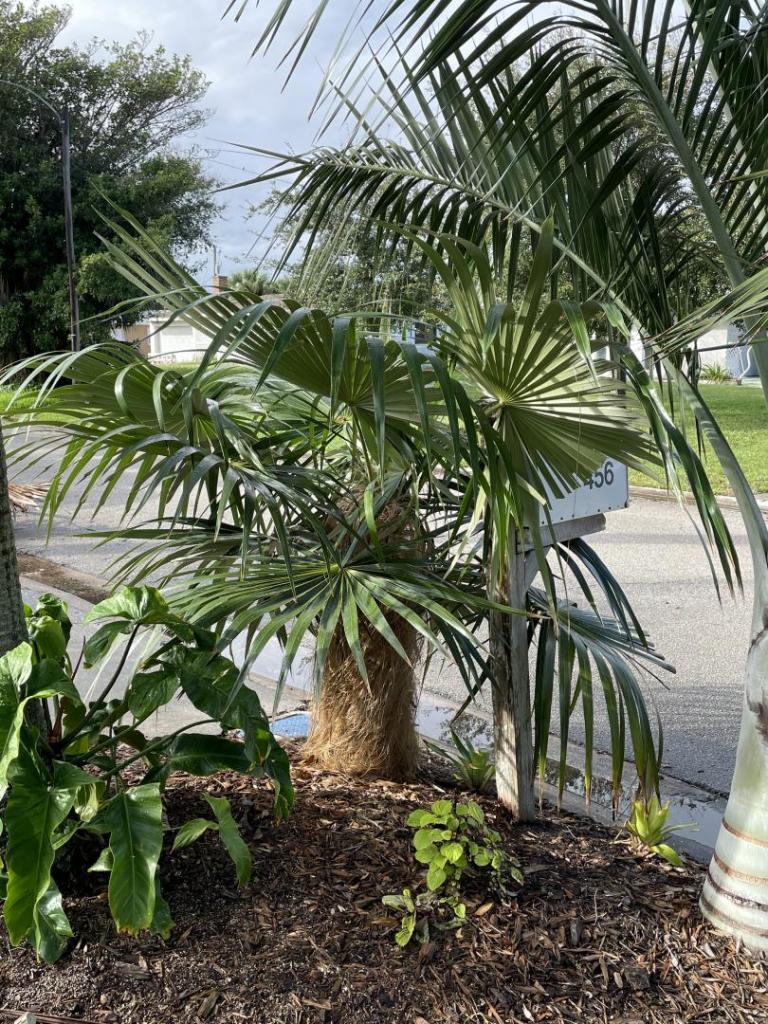


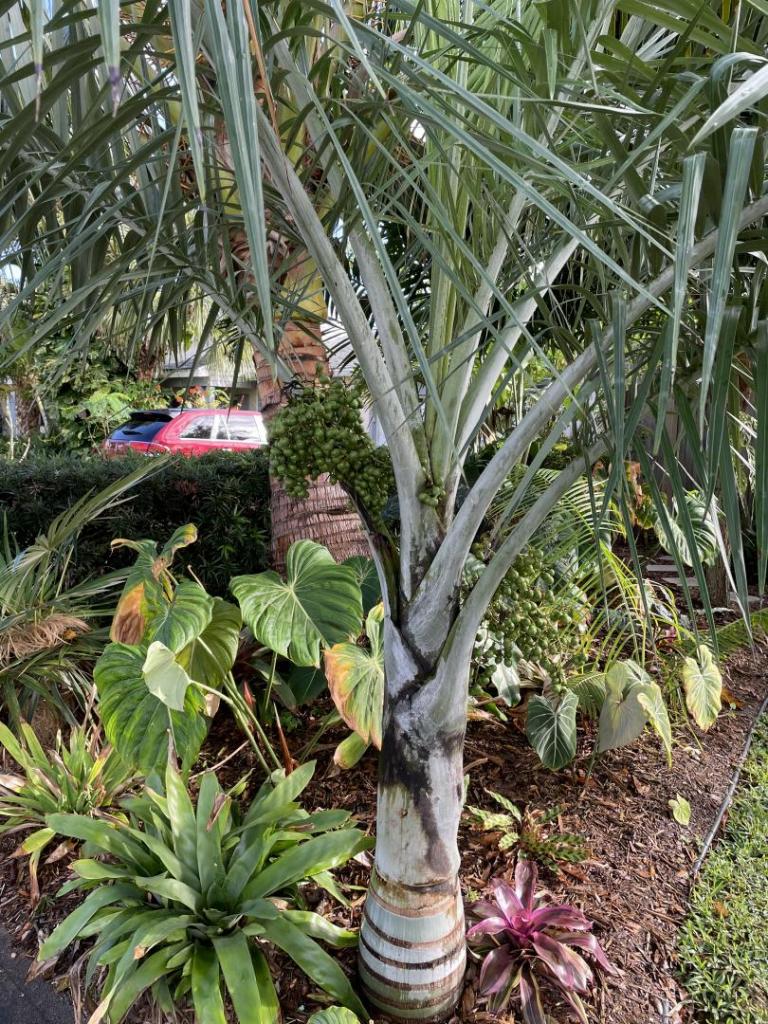



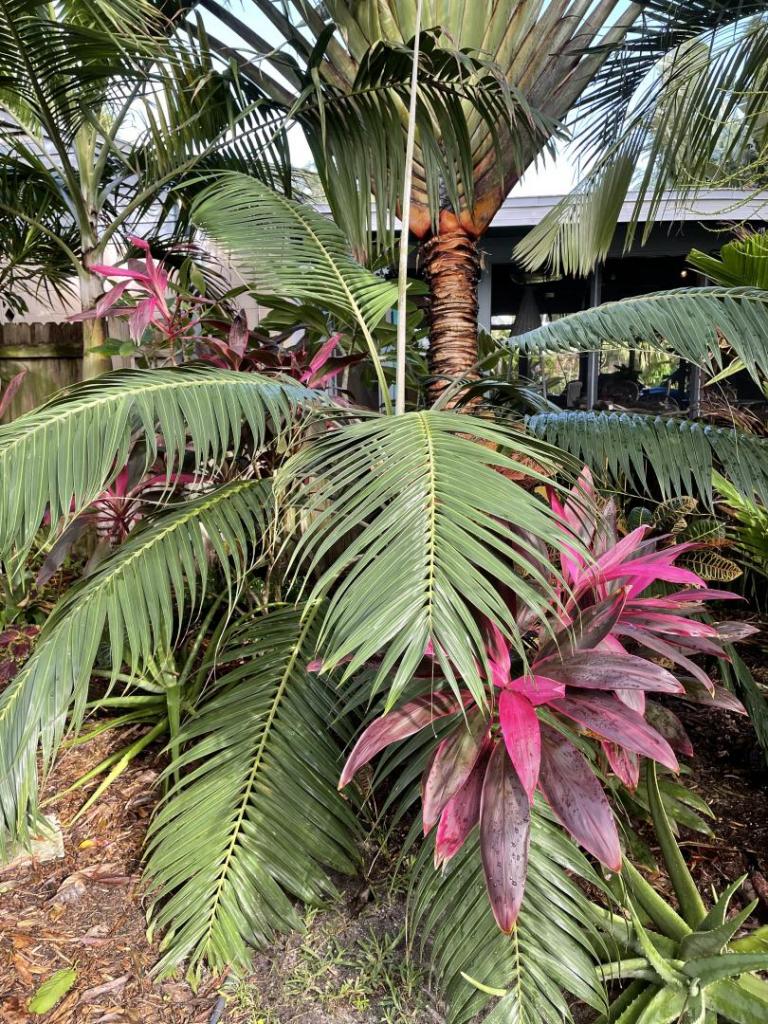
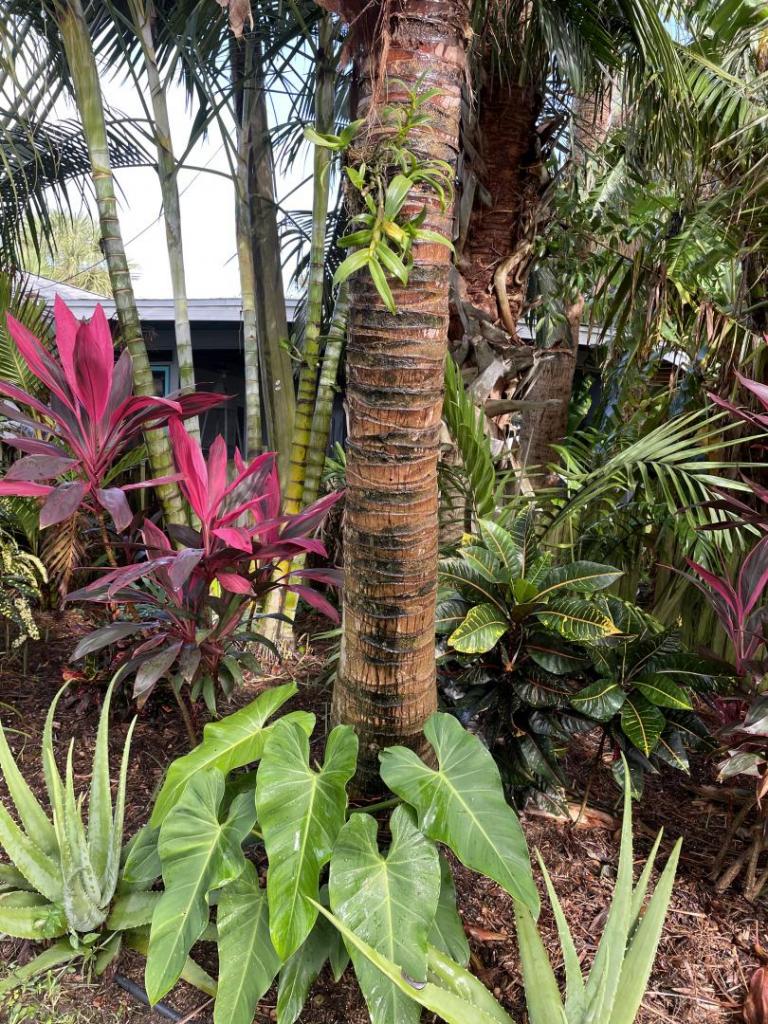
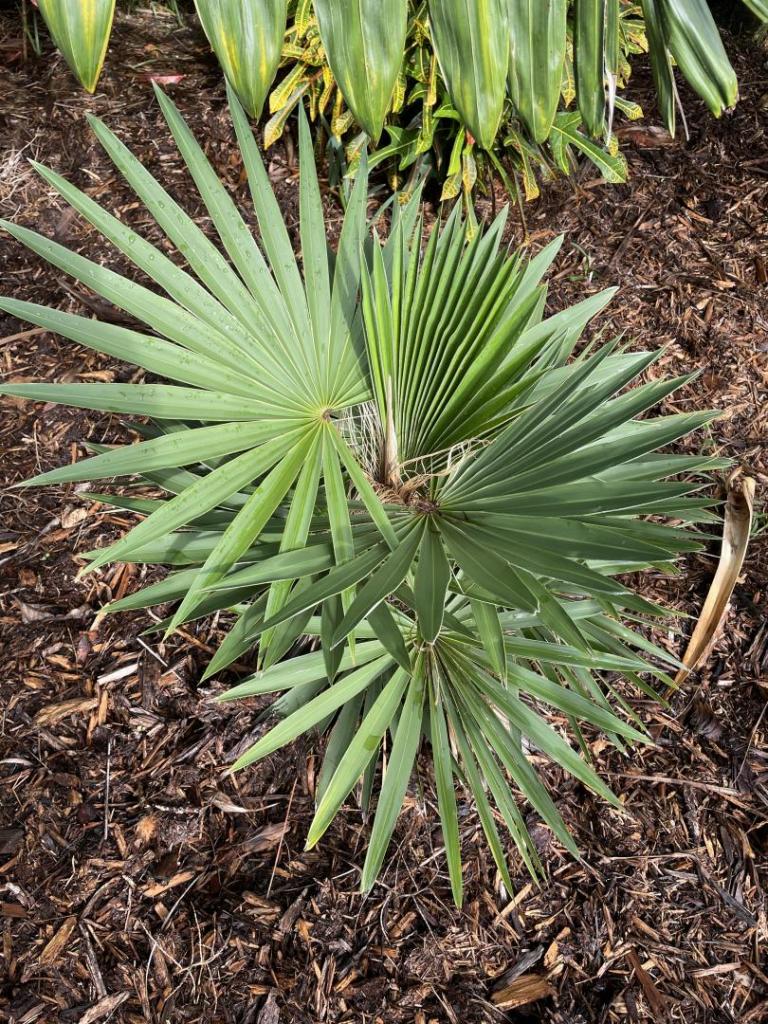

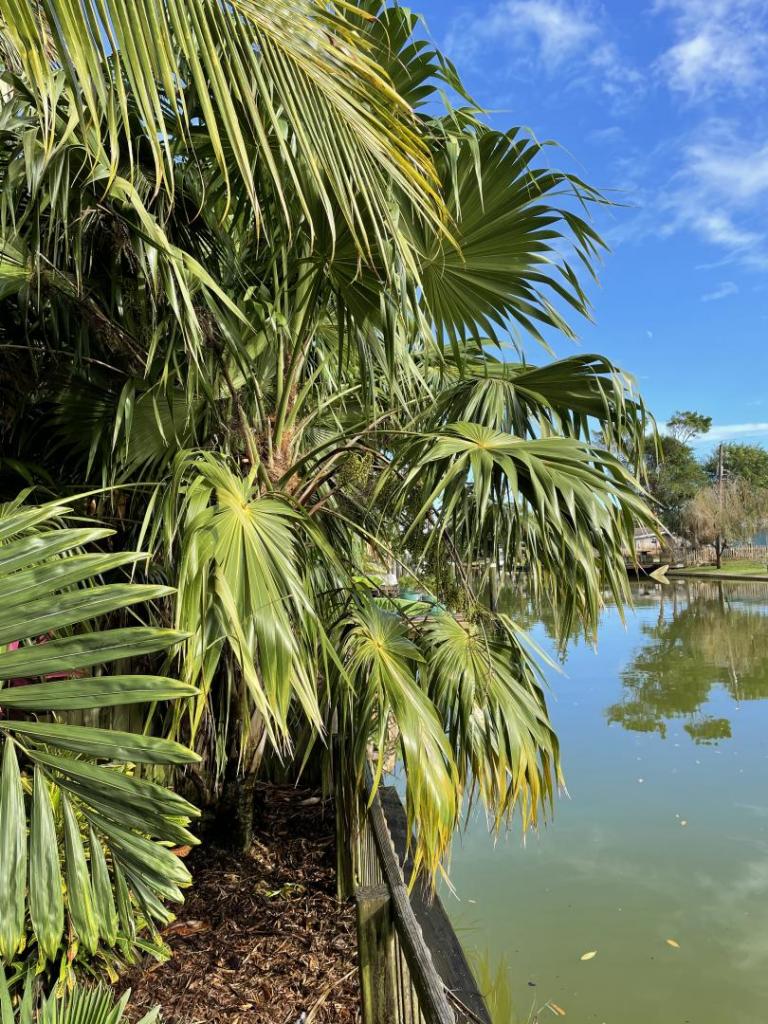
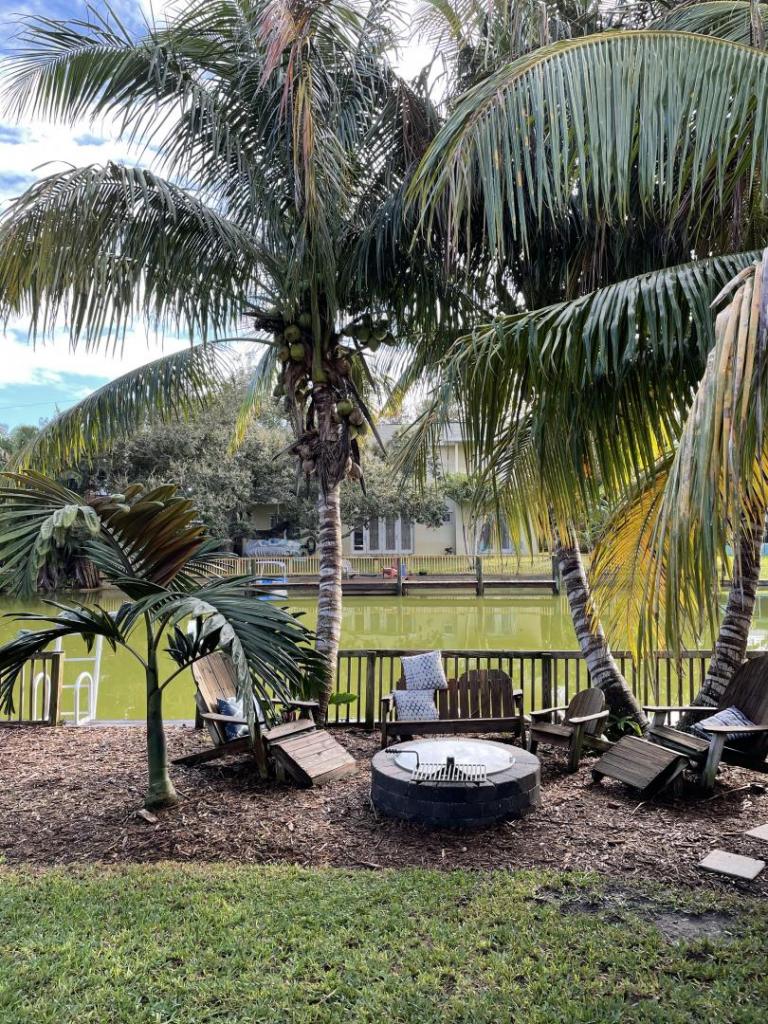

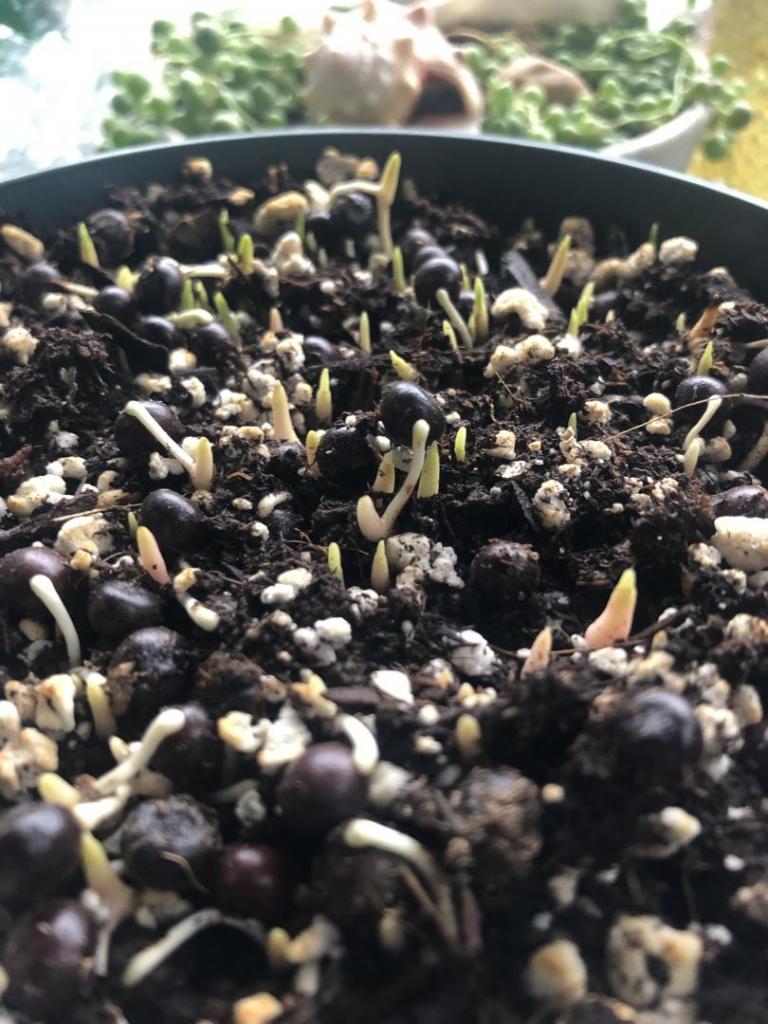

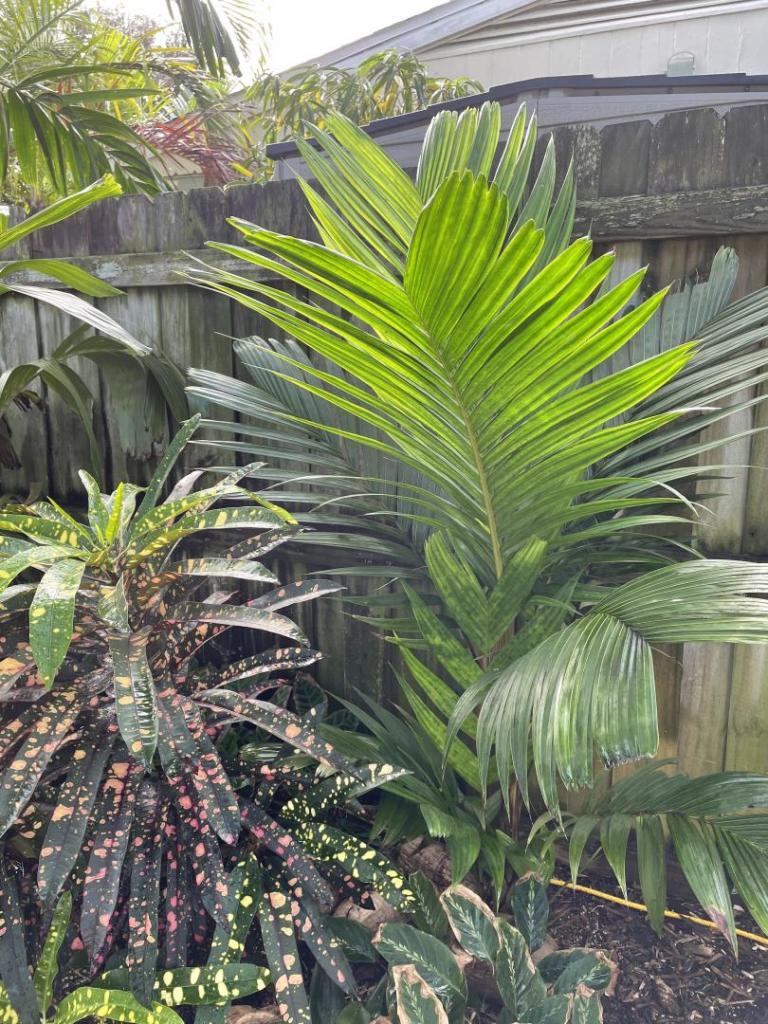
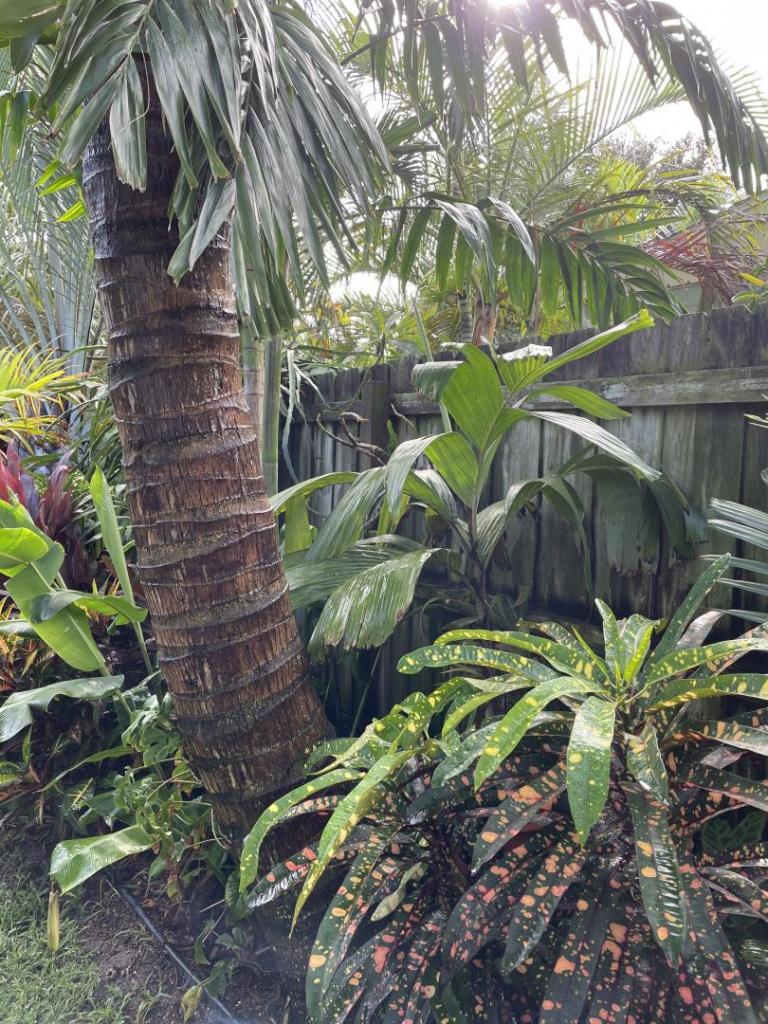
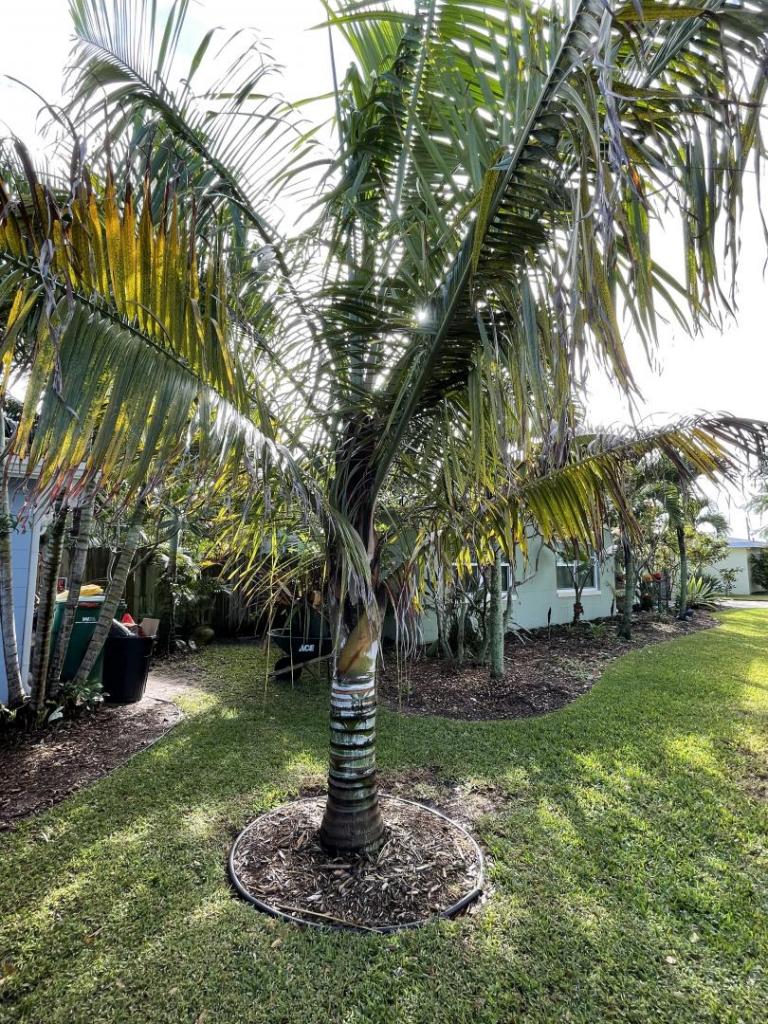

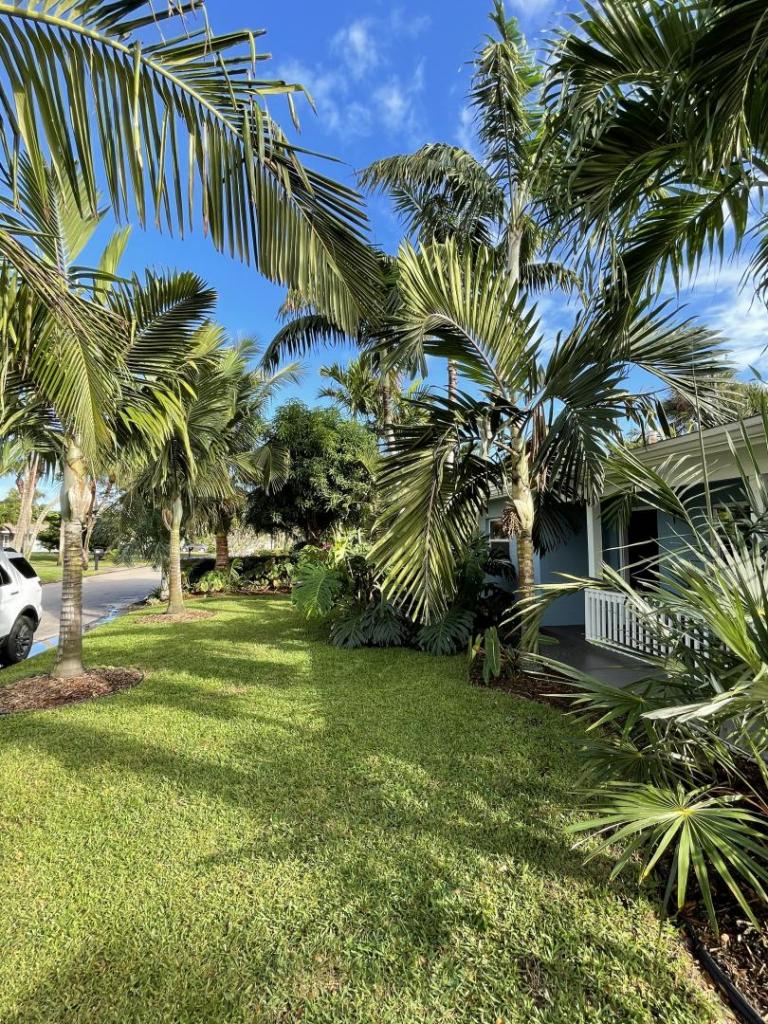


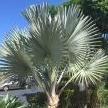
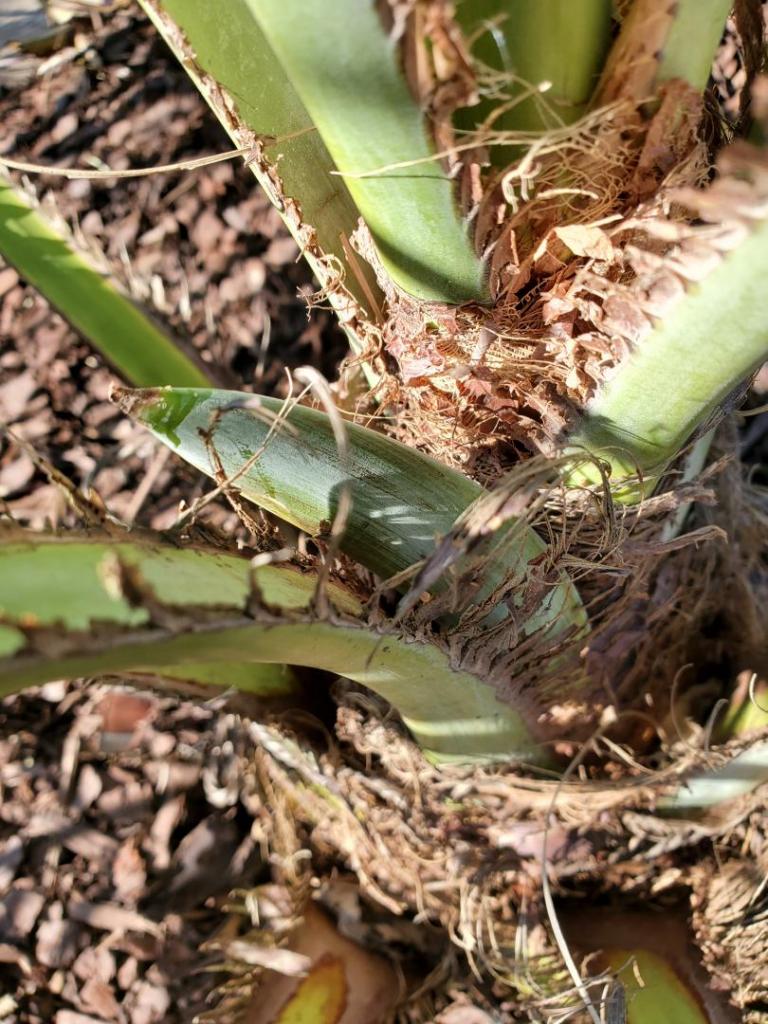
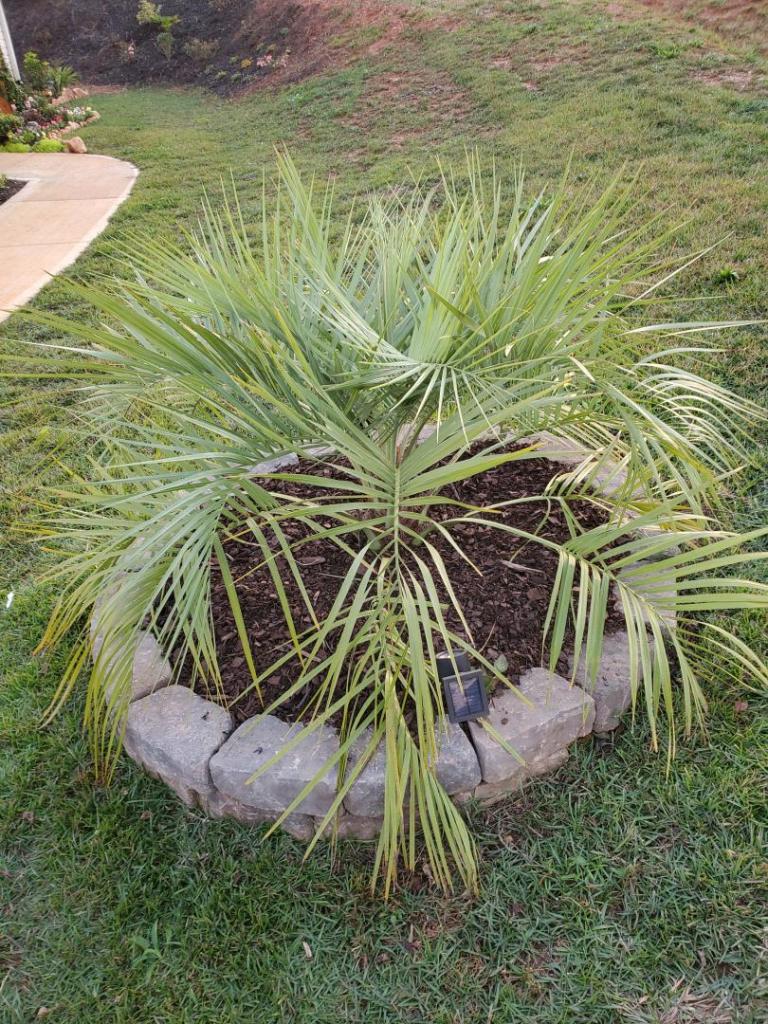
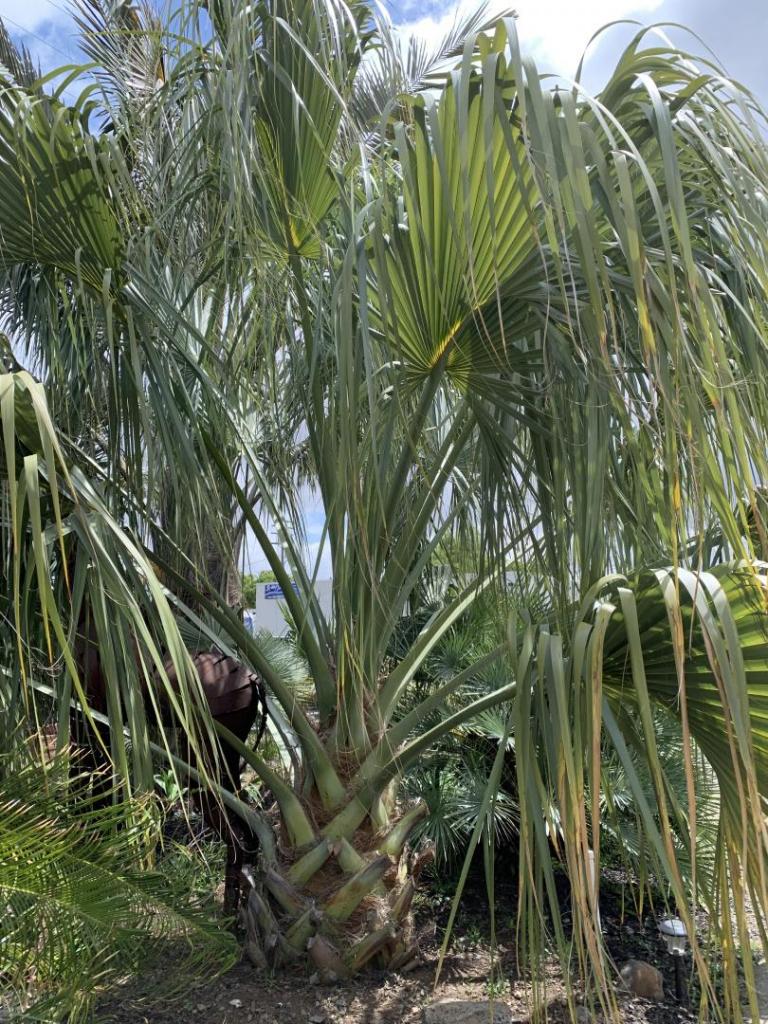
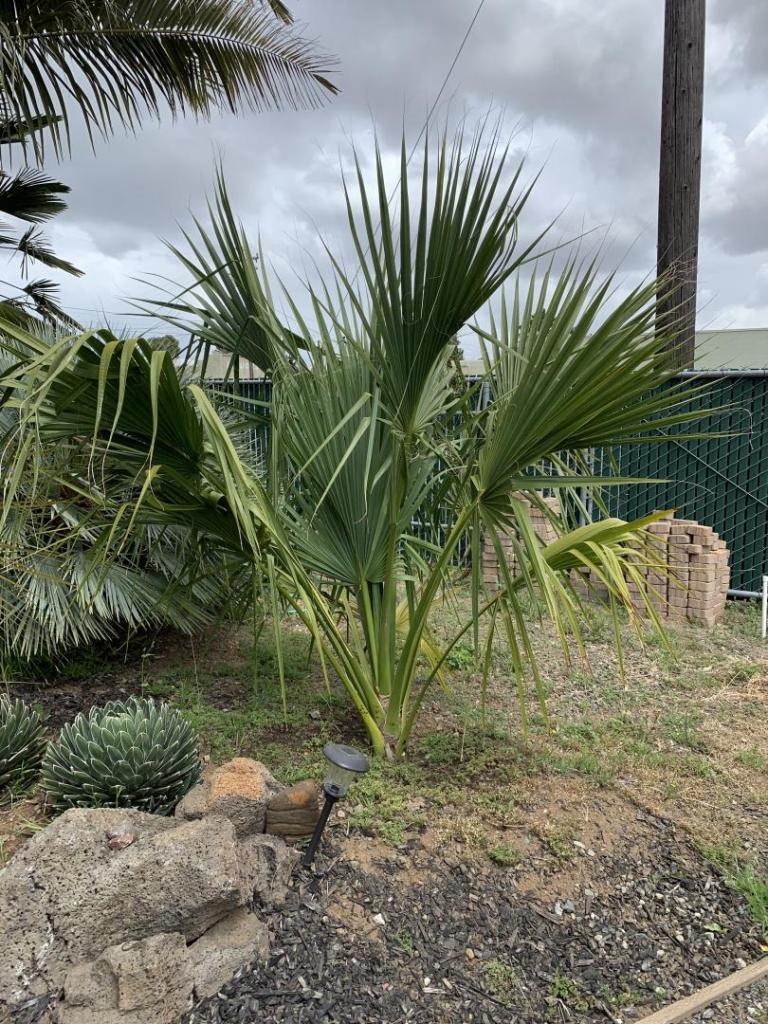




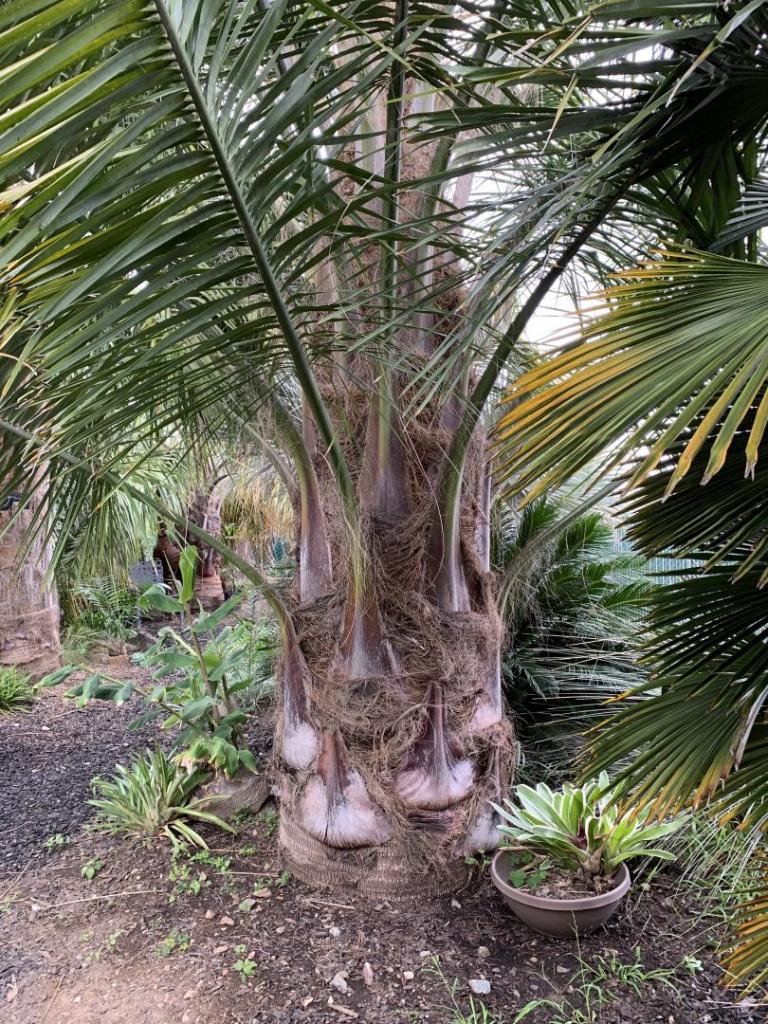

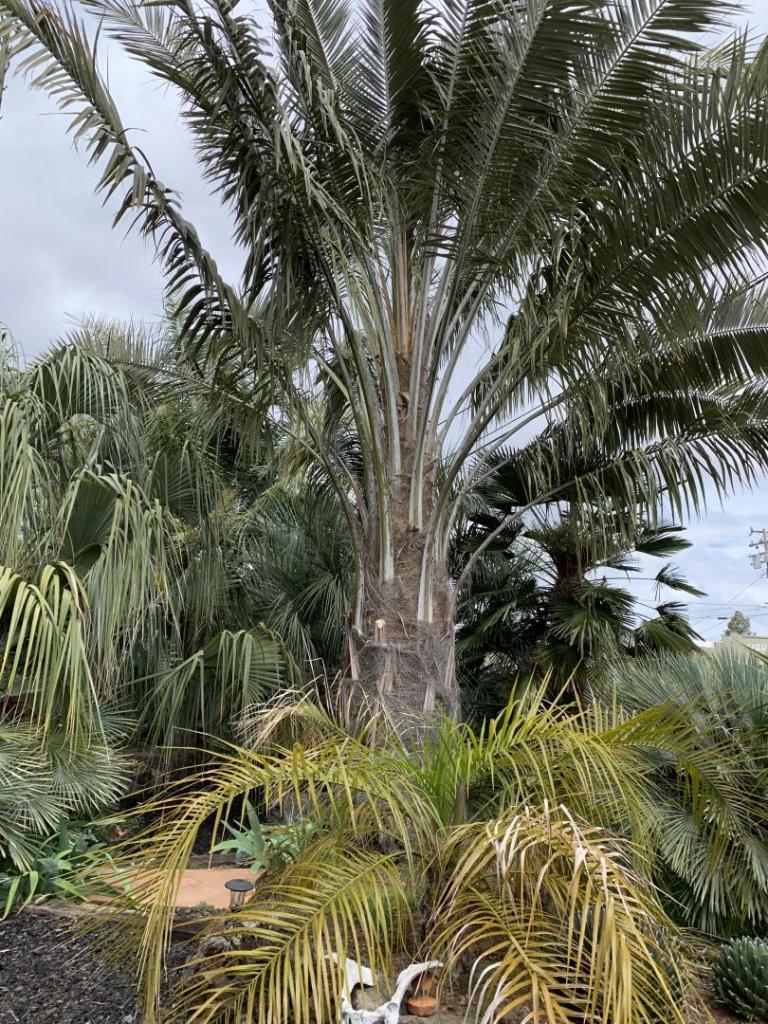


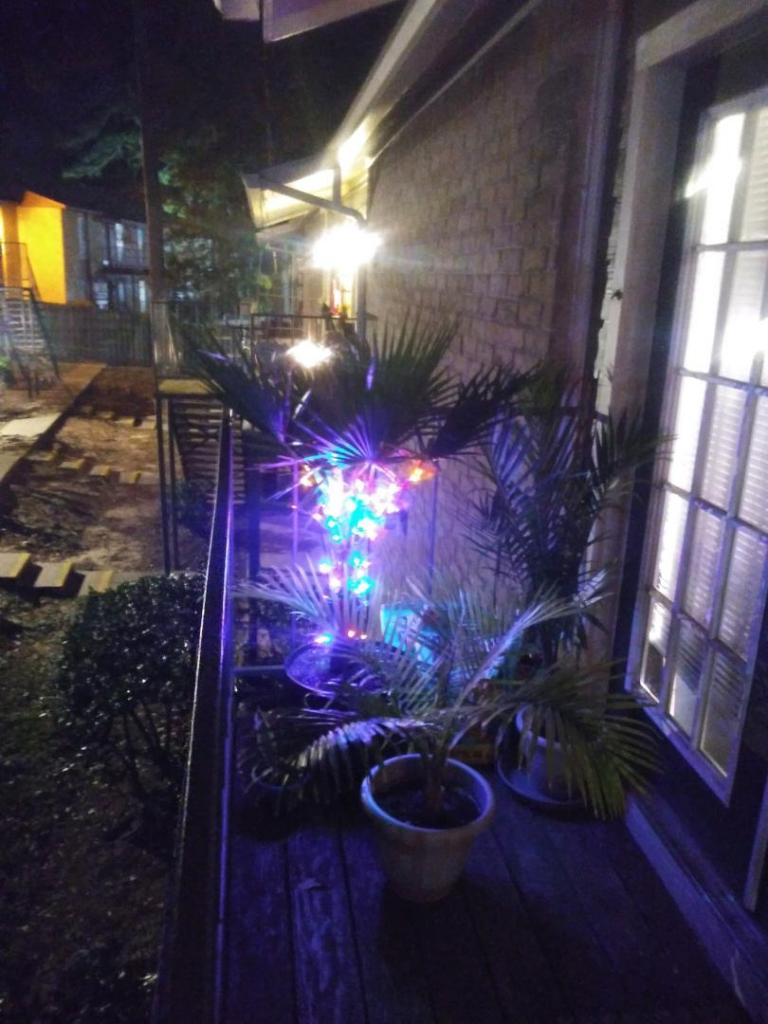

.thumb.jpg.945975caa86311443e3ed089e04a5105.jpg)



